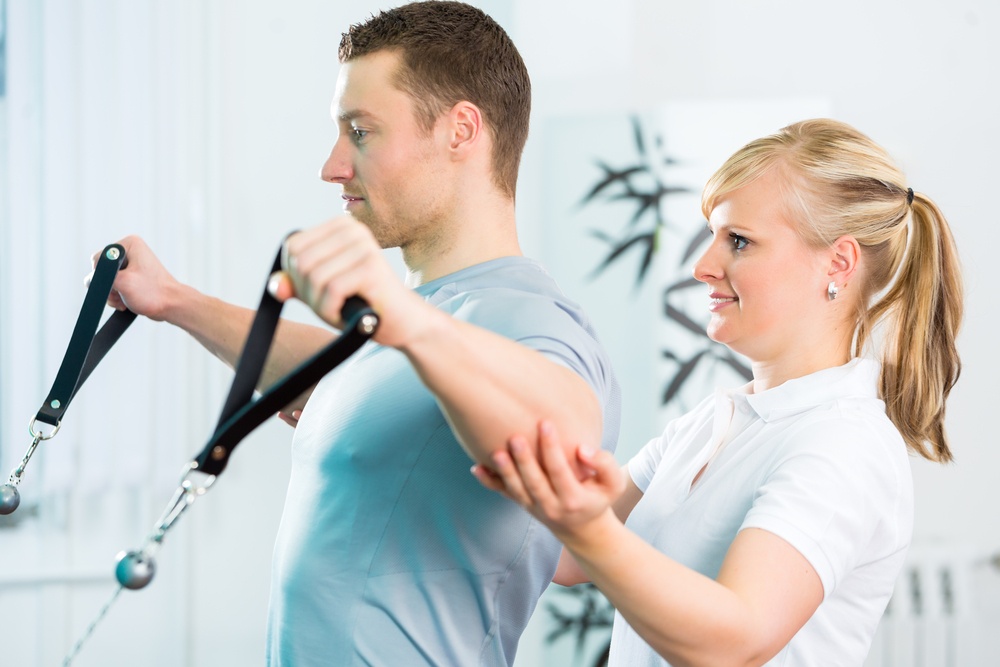Understanding Common Athletic Injuries as well as Effective Rehabilitation Plans for Sports Players
Understanding Common Athletic Injuries as well as Effective Rehabilitation Plans for Sports Players
Blog Article
Sports injuries are frequent among sportspeople of all ages and skill levels. These traumas can happen in various forms, including ligament injuries, muscle injuries, fractures, and tendon inflammation. Comprehending the types of injuries that can occur during sports activities is crucial for both prevention and treatment. Ligament injuries, for example, entail the overextending or tearing of ligaments, which link skeletal structures at a articulation. Strains, on the other hand, affect muscle tissues or tendon structures, which connect muscles to bones. Identifying these injuries promptly can assist athletes obtain suitable treatment and come back to their sport more rapidly.
One of the most commonly seen traumas in sports is the ankle ligament injury. This trauma often happens when an athlete lands ungracefully or rotates their foot during a match. Signs of an foot sprain include pain, swelling, and trouble walking. Prompt care typically includes the R.I.C.E. method, which stands for Recovery, Ice, Compression, and Lifting. This method helps reduce swelling and discomfort. In severe serious situations, rehabilitative therapy may be necessary to restore power and flexibility to the ankle before going back to sports.
Another common injury is a muscular strain, which can occur in any sport that demands sudden movements or heavy weight-bearing. Athletes may suffer a muscular strain when they extend a muscle too far or when they apply too much force. additional resources Signs include sharp pain, inflammation, and muscular contractions. Recovery for muscular injuries often includes light stretching and conditioning exercises. Slowly increasing activity levels is crucial to prevent re-injury. Athletes should work tightly with a physical therapist to create a safe and efficient recovery plan.
Tendonitis is another trauma that can impact sportspeople, particularly those who participate in frequent movements, such as joggers or swimmers. This condition occurs when a tendon, which connects muscle to bone, becomes inflamed. Frequent locations involved by tendonitis include the arm, upper arm, and leg. Signs often include discomfort and rigidity, especially during activity. Care for tendon inflammation usually includes rest, ice, and pain-relief drugs. In some cases, physical therapy may be recommended to improve flexibility and strength in the affected region.
Preventing athletic traumas is just as important as treating them. Athletes can minimize their risk of trauma by warming up correctly before activities, using the right equipment, and keeping good fitness shape. Power training and flexibility workouts can assist ready the body for the demands of sports. Additionally, sportspeople should pay attention to their bodies and take rest when necessary. By comprehending common sports traumas and applying effective rehabilitation plans, sportspeople can stay healthy and enjoy their beloved athletic activities for years to come.